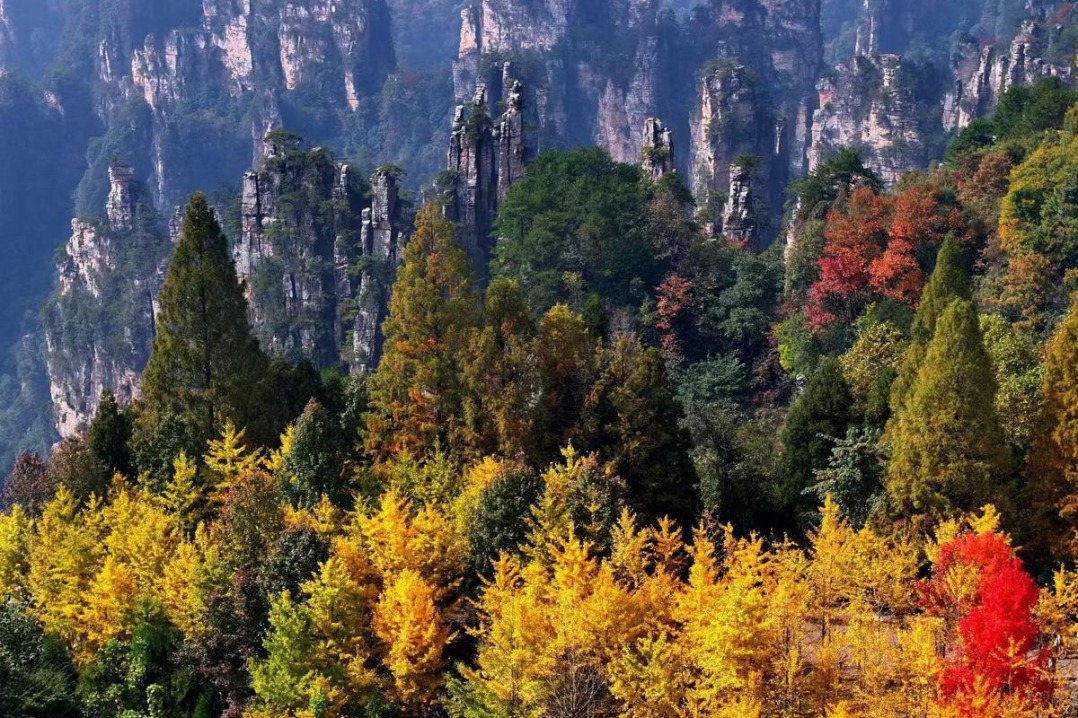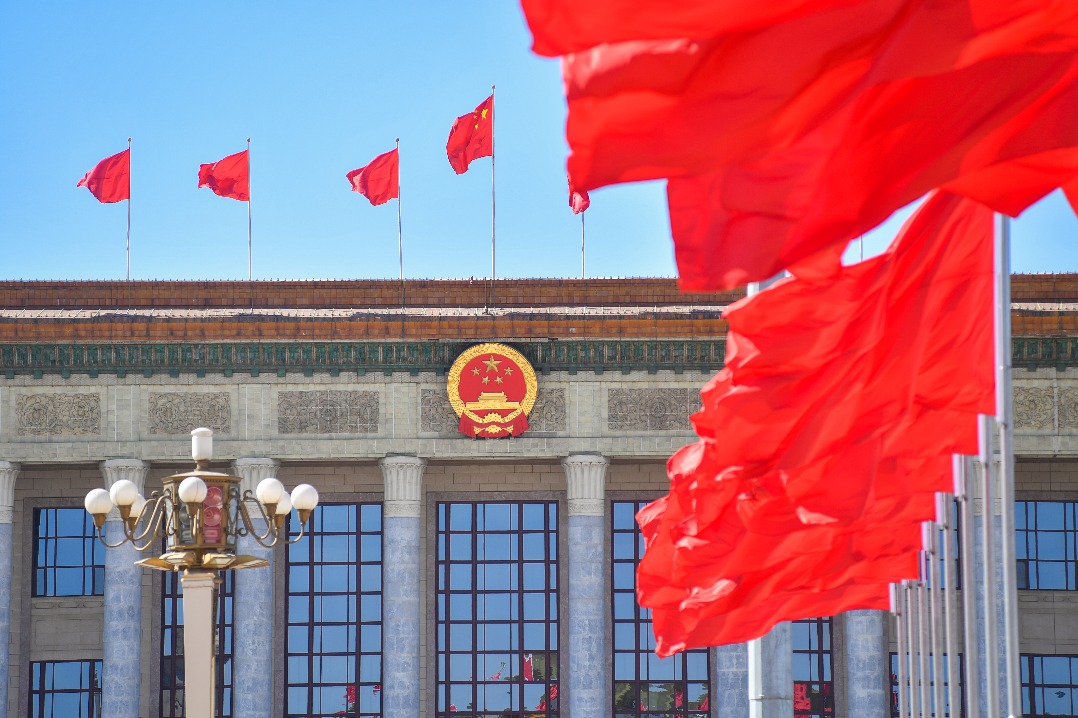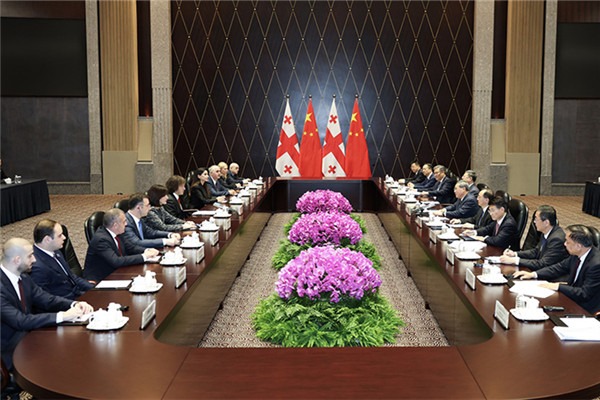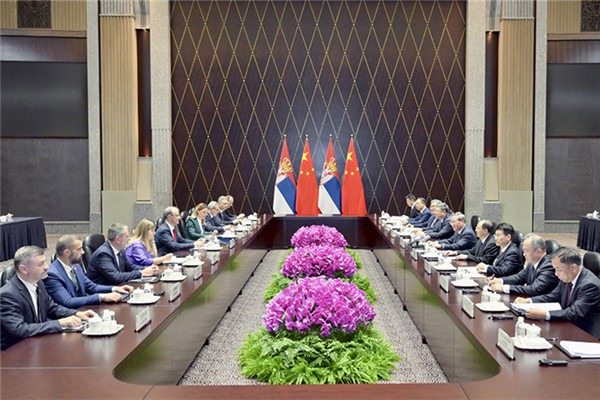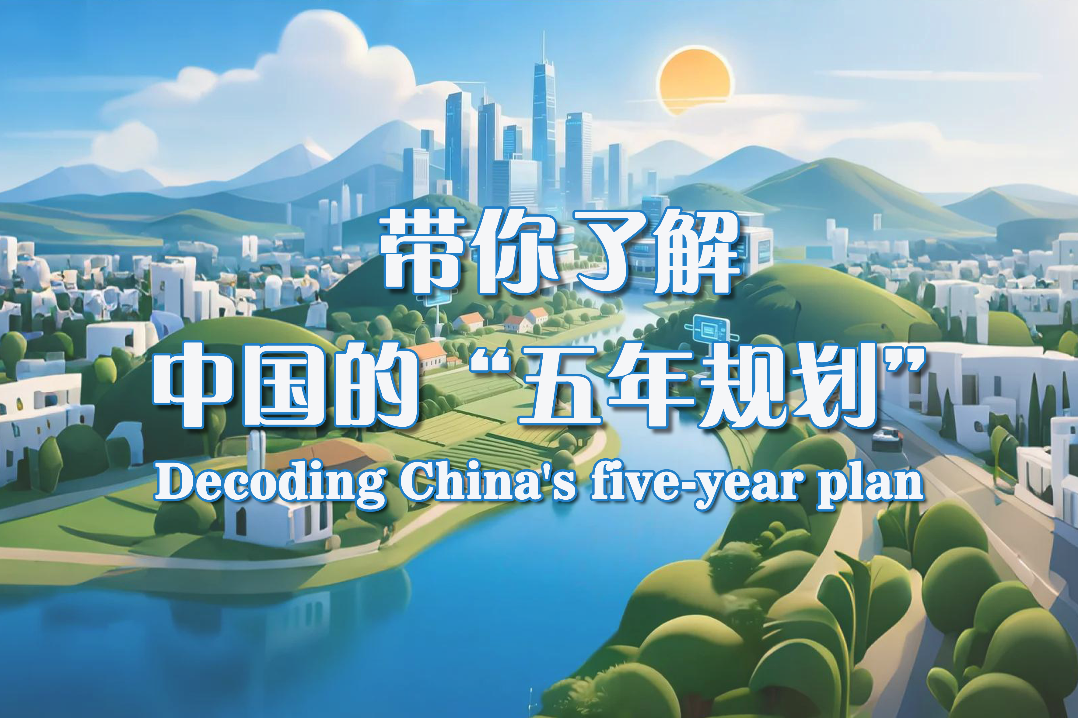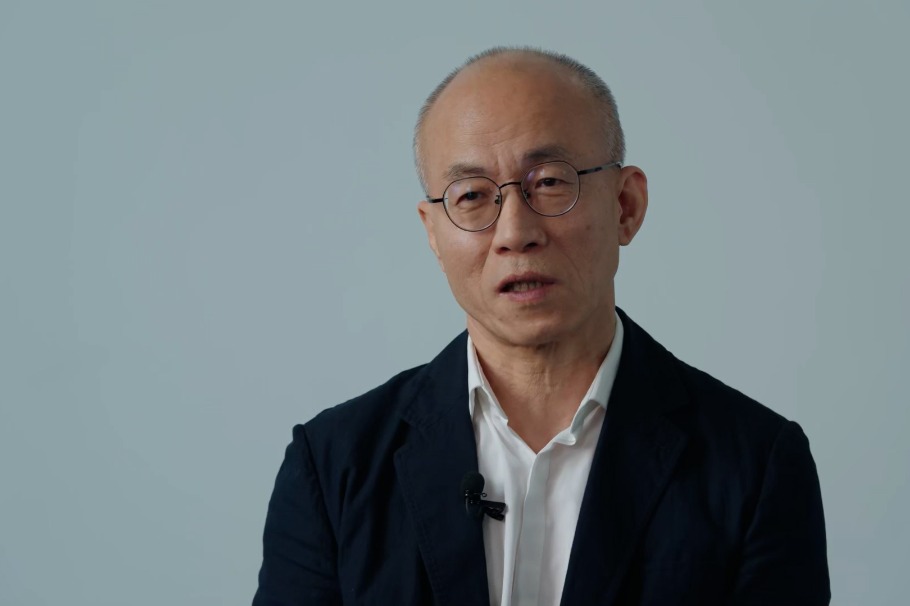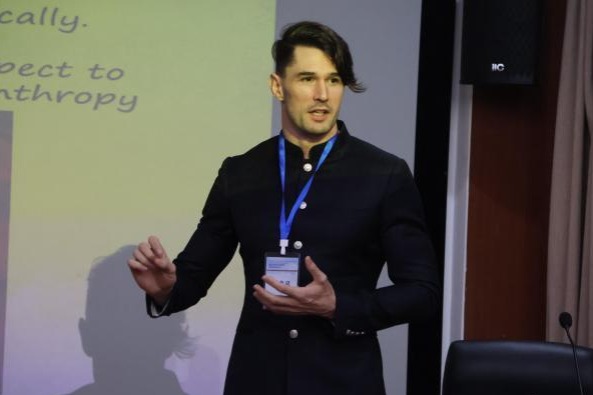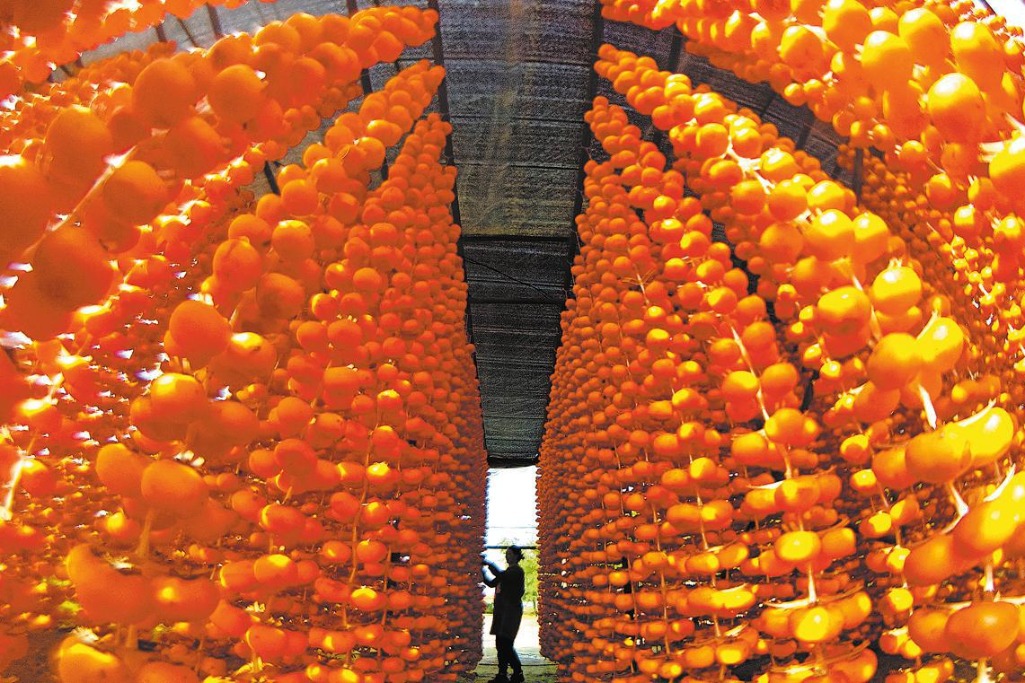As village shapes up, more tourists come to take a look

Zeng Zhihua, 42, has a spiky crew cut that fits his gruff and decisive demeanor. His resolute gaze only softens when he scans the fields of Xitou village in Zhejiang province, hugged by misty mountains that overlook creeks and rivers flowing past rural houses.
Zeng started working as the head of Xitou in 2008 and became the village's Party chief in 2014. He said the natural landscape of Xitou was its most valuable, though underrated, asset.
"When I returned to the village in 2008, it had no vigor, just teetering houses, clogged waterways and a population of less than 500," he said. "Most young people had ventured out to nearby cities."
By then, thousands of villages had begun implementing the country's Green Rural Revival Program, launched in Zhejiang in 2003, to achieve rural green restoration through water and waste management, including recycling.
Zeng was looking for a catalyst that would not just revive the village's scenic views but also rekindle villagers' enthusiasm.
"After plenty of research and talks with residents, we noticed a shortage of public facilities that could serve as a recreation spot for them to mingle," he said.
A plan was drafted to create a park in the center of the village.
"We called for donations, and a majority of residents took part," Zeng said. "I still remember the moving scene when an elderly woman walked slowly toward me to give me her donation."
Zeng said the donation was a manifestation that the whole village had awakened in anticipation of a better environment and that people were willing to make an effort to achieve the goal.
"I also learned the importance of conducting preliminary research and having a thorough dialogue with villagers in advance," Zeng said. "Only in this way can project leaders come to understand the needs of the public and win people's support and cooperation."
Zeng has applied that newfound wisdom to a series of projects that tackle issues such as water pollution and waste disposal, including diverting water for household use, clearing waterways and making regulations on environmental preservation.
In recent years, the refreshed appearance of Xitou village, coupled with its natural landscape, has brought more tourists, Zeng said.
The village now welcomes more than 200,000 trips a year. The annual revenue of tourism reached 35 million yuan ($5 million) last year.
The latest jewel in the sightseeing crown is the International Bamboo Architecture Culture Creative Center, which covers an area of 3,200 square meters. The center is home to 16 buildings made of bamboo, which grows in abundance in the region. The buildings were designed by 11 international artists.
"I remember when Australia's environment minister visited us in September 2016. He said he saw potential for Xitou village to share its culture and beauty on the global stage," Zeng said.
The next step is to dig deeper into the village's bamboo culture and its history of porcelain making to prepare for international dialogues in the future, he said.
He is also looking forward to seeing more young adults come back with a cosmopolitan and creative mindset that will propel the village further forward.
"The prospects for a village always lie in the hands of young people," he said.

















